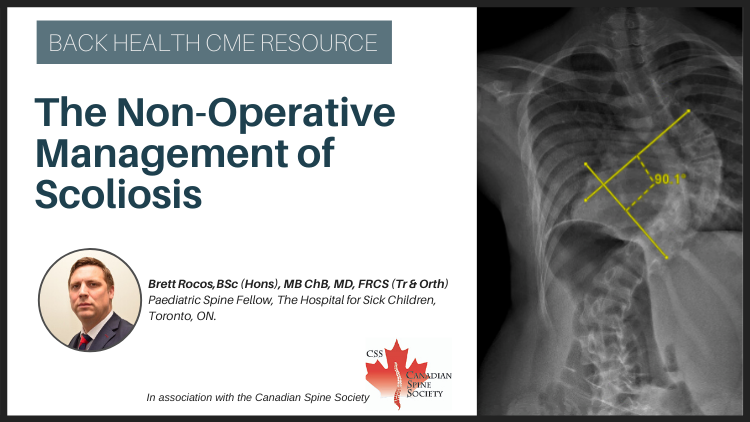Susan Maddock, RPT, Specialized Geriatric Services, Sunnybrook & Women’s College Health Sciences Centre, University of Toronto, Toronto, ON.
Susan Gal, BScPE, BHScPT, Specialized Geriatric Services, Sunnybrook & Women’s College Health Sciences Centre, University of Toronto, Toronto, ON.
MaryJane McIntyre, BScPT, Specialized Geriatric Services, Sunnybrook & Women’s College Health Sciences Centre, University of Toronto, Toronto, ON.
Rory H. Fisher, MB, FRCP(Ed)(C), Division of Geriatric Medicine, Department of Medicine, Sunnybrook & Women’s College Health Sciences Centre, University of Toronto, Toronto, ON.
Barbara A. Liu, MD, FRCPC, Division of Geriatric Medicine, Department of Medicine, Sunnybrook & Women’s College Health Sciences Centre, University of Toronto; Program Director, Regional Geriatric Program of Toronto, Toronto, ON.
The Falls Prevention Program at Sunnybrook & Women’s College Health Sciences Centre was developed to provide patients with an evidence-based, multidisciplinary intervention to prevent falls. The goals of the program are to decrease the incidence of falls and improve patient confidence. Participants in the program are 65 or older with a history of falls or near-falls and are living in the community. Participants complete a 45-minute exercise circuit, twice a week for six weeks. In addition, patients undergo geriatric medical assessment and are seen by an occupational therapist for home safety education. Patients report fewer falls during the intervention and at follow-up, and subjectively report that they benefit from the program. The positive effects of this program support existing evidence that multidisciplinary intervention plays an important role in fall prevention.
Key words: falls prevention, older adults, exercise, balance, multidisciplinary, physiotherapy.

